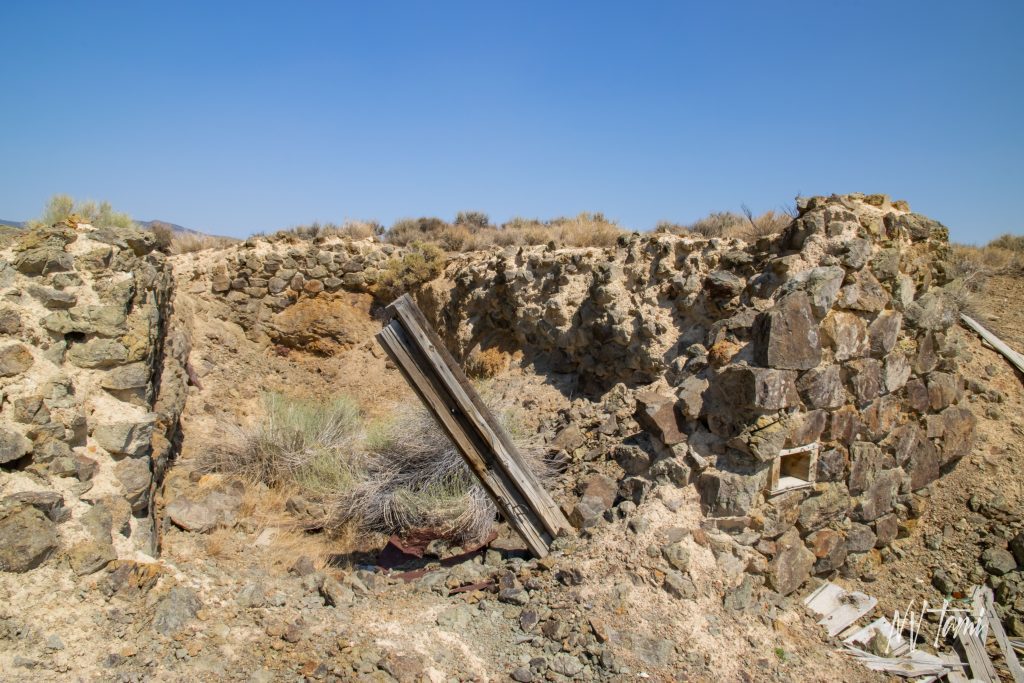
Fairplay Mining District is situated at the south end of Ione Valley at the west base of Paradise Range. The district has multiple mining claims, many owned by the same companies.
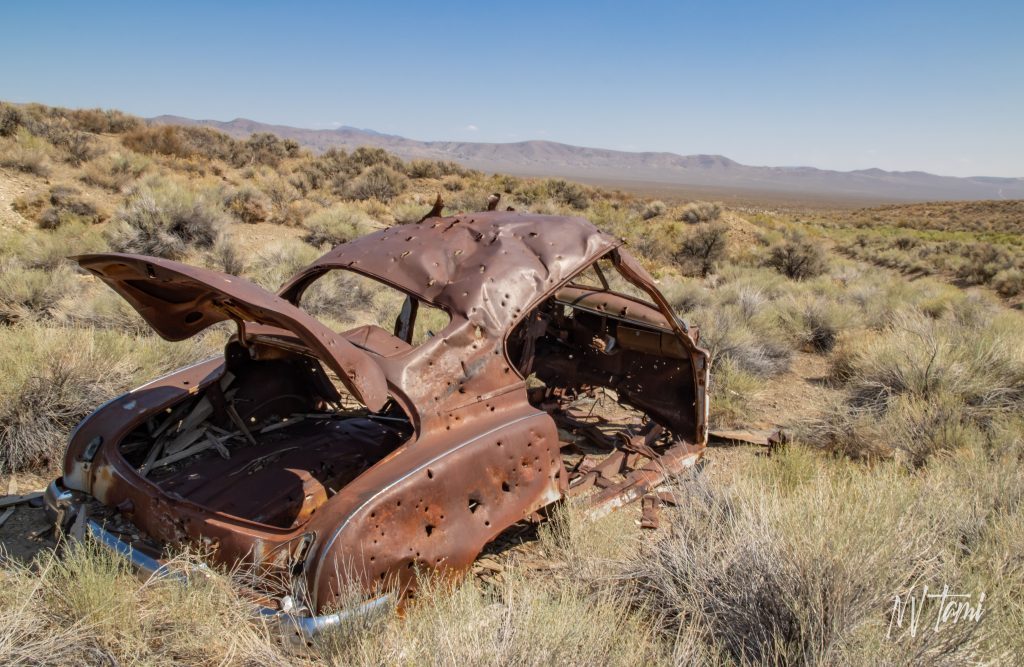
Gold was discovered in 1901 by Okey Davis, George Duncan, E.A. McNaughton, and William Regan. The Fairplay Mining District was established in 1903 and the largest town in the district was Atwood, established in 1905. The first business to open was a hotel and restaurant on New Years Day 1906. This was followed by a variety of stores and a dance hall. The town would grow to a population of 200 miners, most of whom relocated from Goldfield.
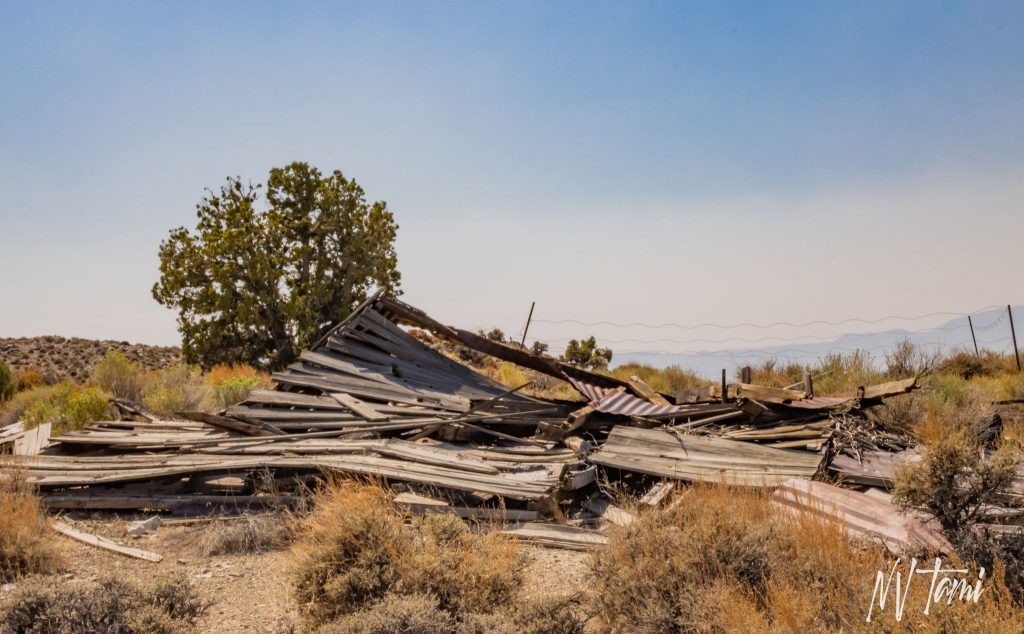
Goldyke was established in 1906 a mile south east of Atwood. Goldyke had a newspaper, saloon and gambling hall, post office and five stamp mill. Goldyke also had brothels with a dozen prostitutes. Additional towns were planned including Edgewood, but development never occurred.
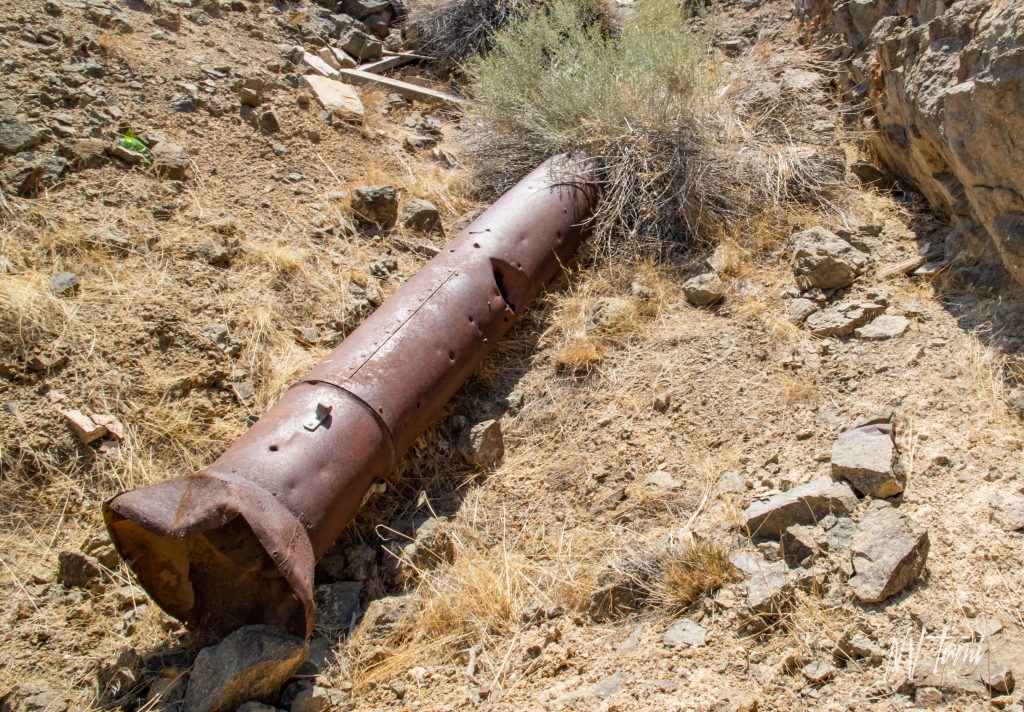
Miners spent most of their days engaged in back-breaking work but on Sundays they enjoyed other activities. Baseball was a popular pastime and teams from Atwood and Goldyke would routinely compete.
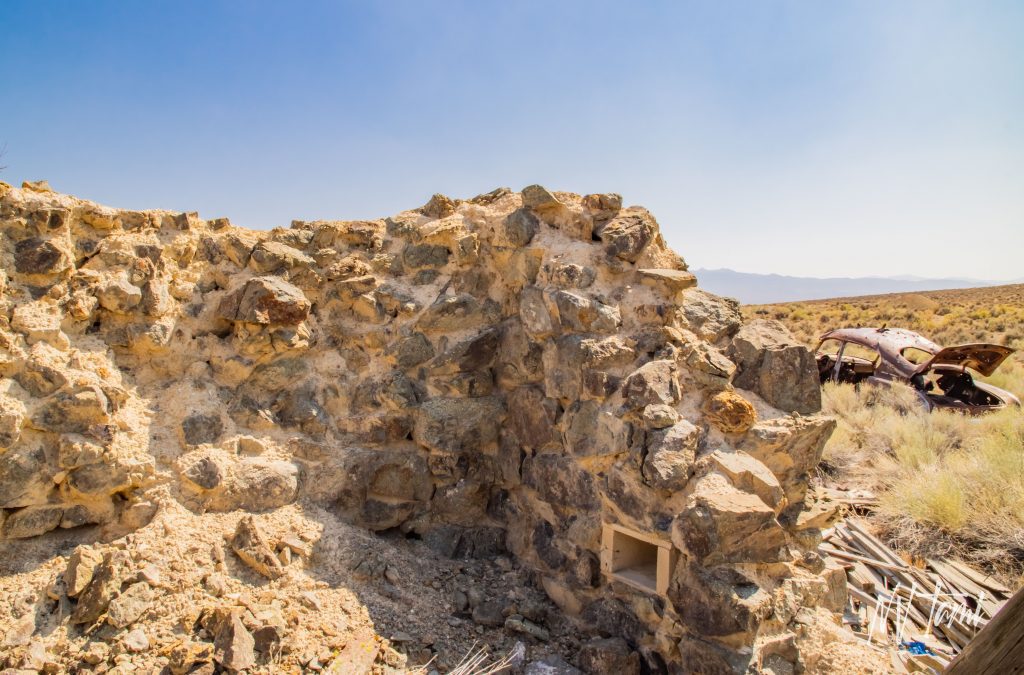
Stage lines connected Atwood to Mina and the Carson and Colorado Railway Depot. Ore from Fairplay was processed in Sodaville, 2 miles south of Mina. An auto line ran between Goldyke and Luning starting in 1907.

Between 1903-1908 newspapers including the Reno Evening Gazette published multiple articles about the promising new mining district.
Atwood is destined to become one of the leading camps this fall is now a foregone conclusion.
July 24, 1908 Reno Evening Gazette
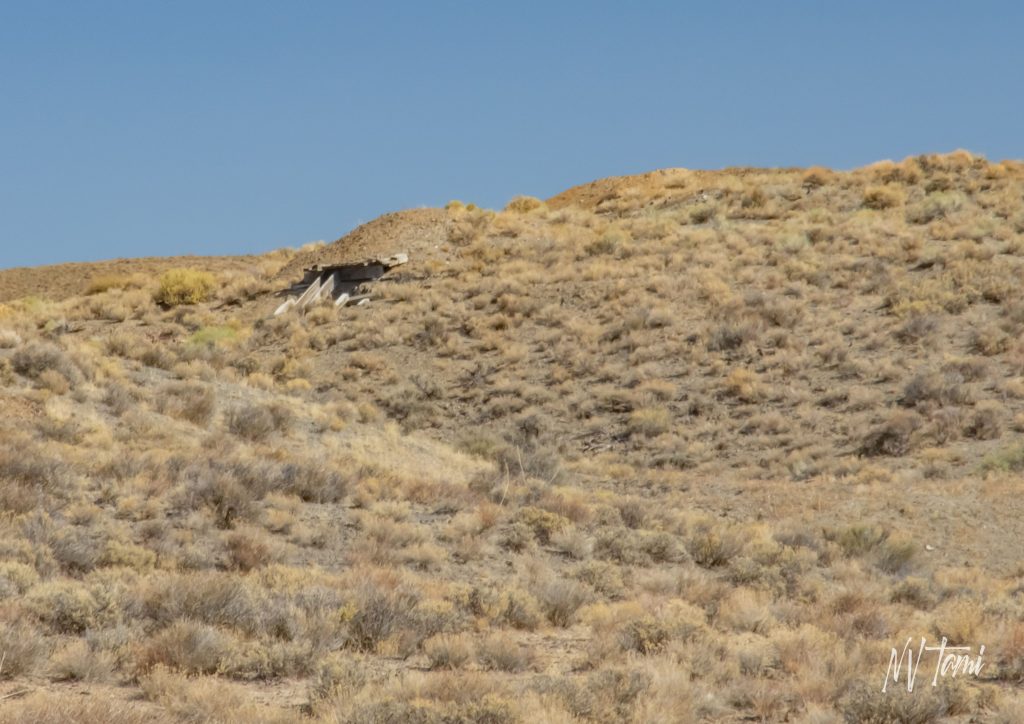
It promises, however, to equal either Goldfield of Tonopah in the production of gold and its facilities for water are far above either of these two places.
July 6, 1905 Reno Evening Gazette
High expectations for the Fairplay Mining District did not come to fruition. Atwood’s largest employer, The Butler Mine, closed in 1908. The post office closed soon after and the town was deserted by late 1908.

Goldyke surpassed Atwood’s existence, but ore veins ran out and the mines and post office closed in 1910.
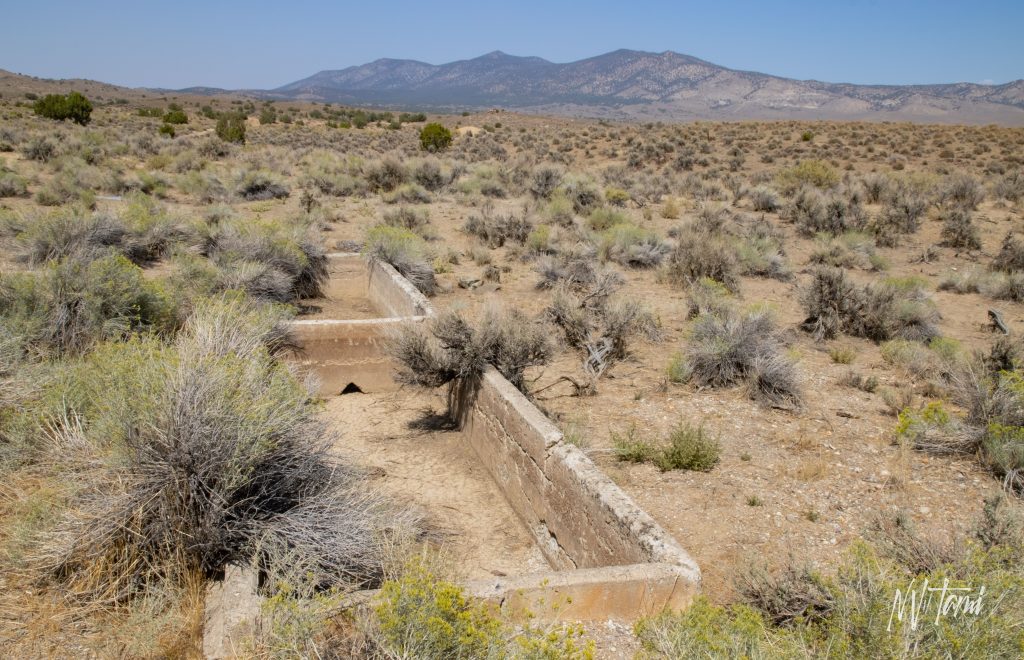
A brief revival of Atwood occurred in 1914 when rich ore was located south of town. A new town, Butler, was developed and soon had a handful of cabins, hotel, restaurant and lumber yard to serve its 75 residents. The town was renamed Gilt Edge but the ore was exhausted and the town abandoned by the end of the year.
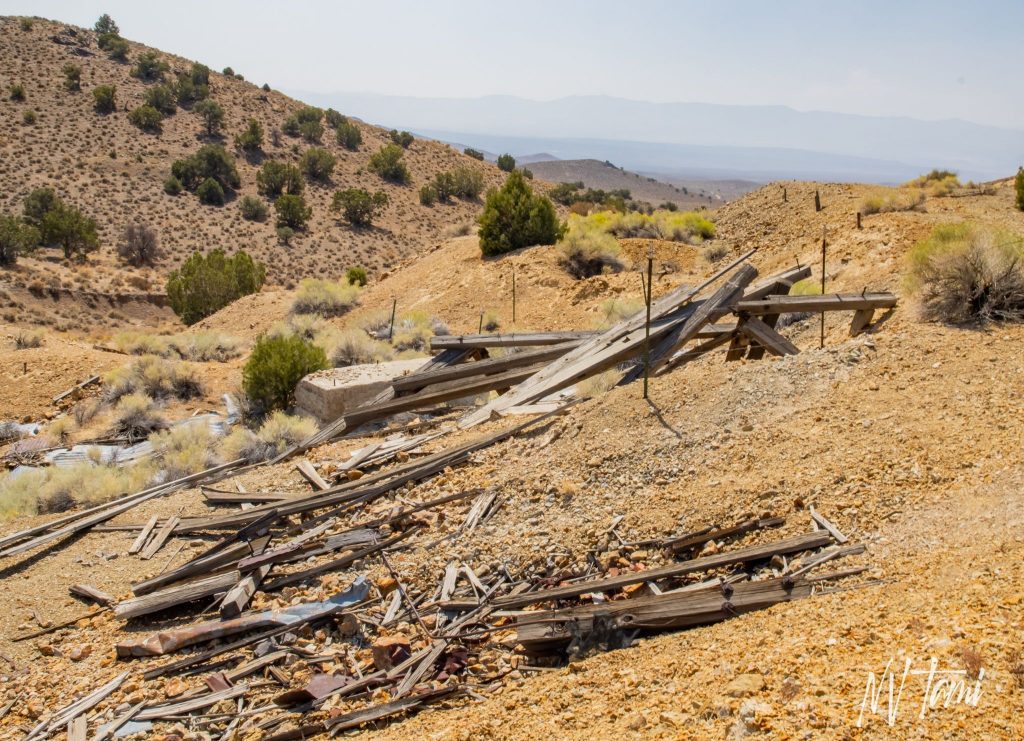
Minor activity occurred in Goldyke in the 1940s. Several structures were constructed by the mine but once again the ore ran out and the town was abandoned for the third and final time. One lone miner continued to live at nearby Okey Davis until 1959.
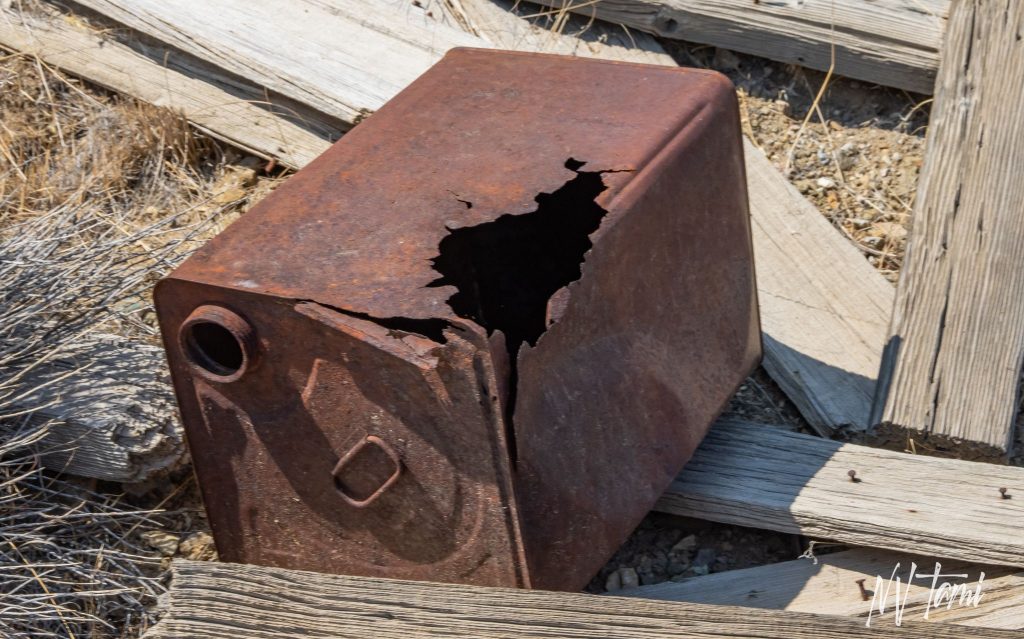
Most of the town, mill and mine sites contain only a variety of debris. The most notable structure is the remaining rock walls of a building and an abandoned car.
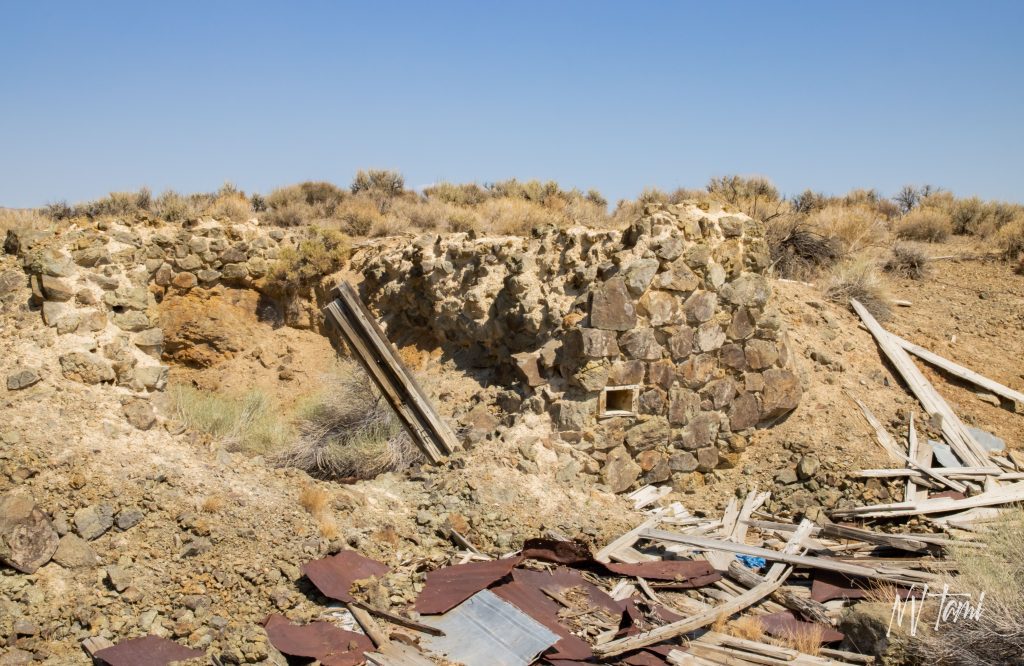
The most interesting remains are rail road ties atop a tailings pile. Rail tracks would have allowed miners to push ore bins and dump tailings over the slope. The rails were likely disassembled and relocated to a new mine.
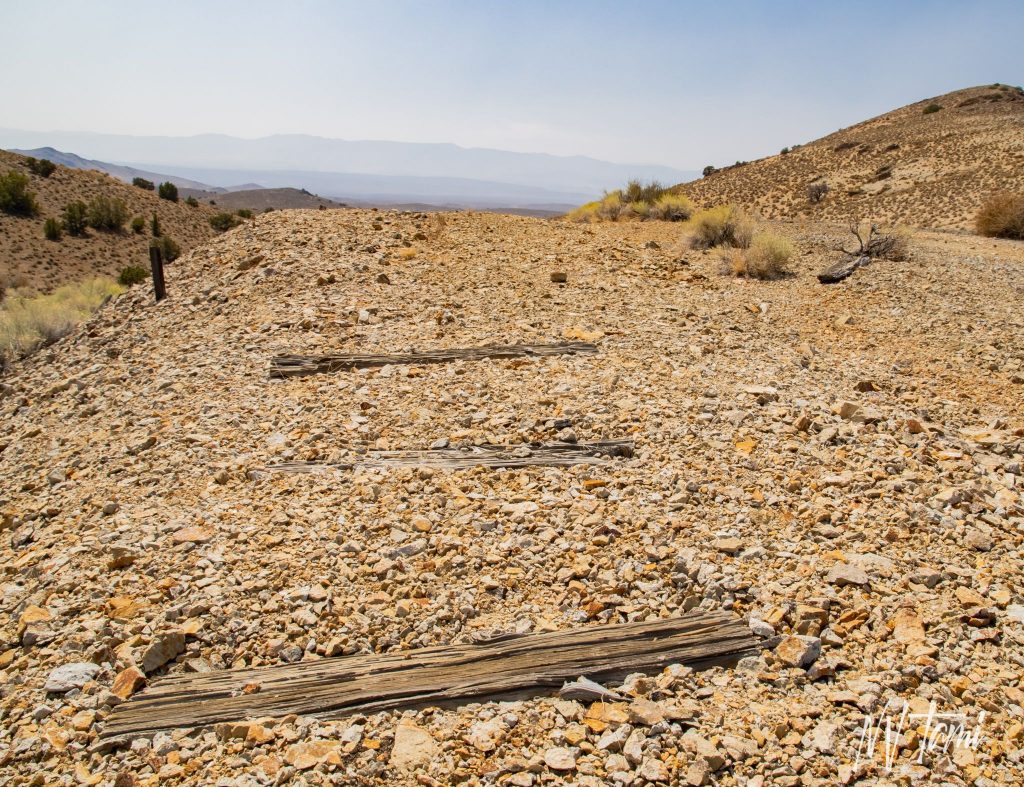
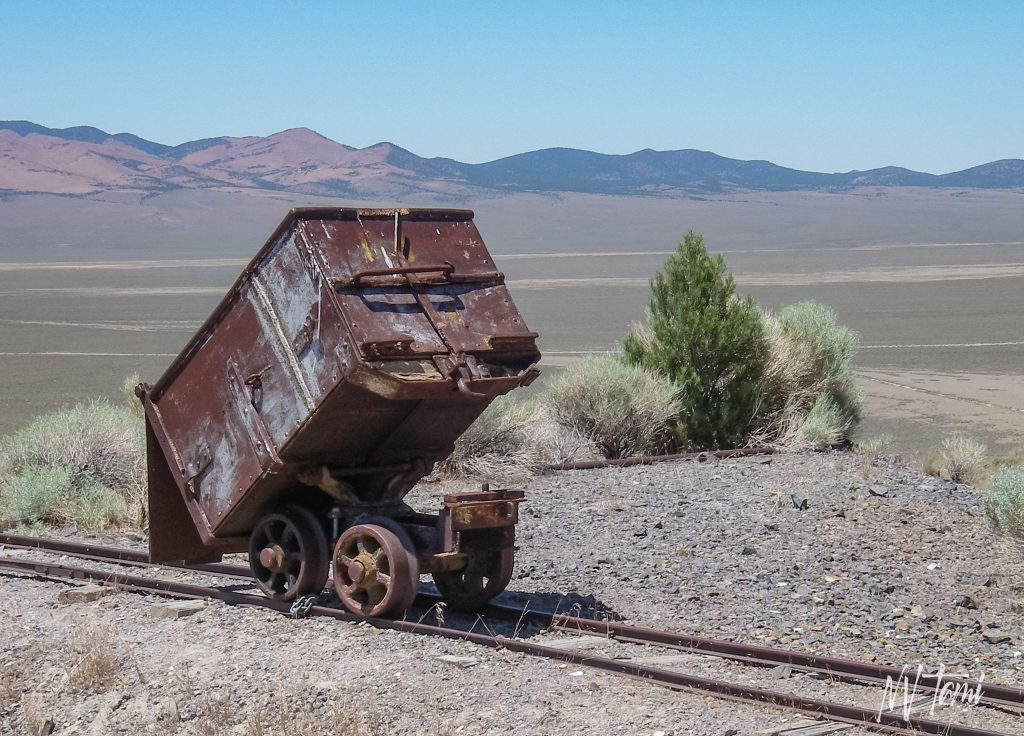
Ore bin on rail tracks at nearby Berlin-Ichthyosaur State Park
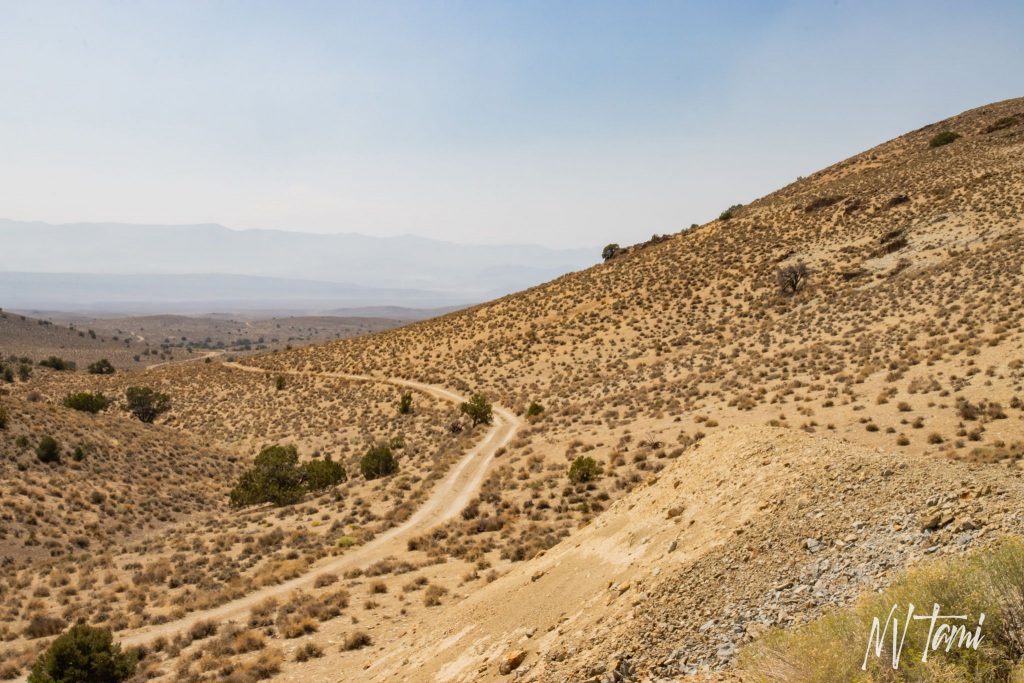
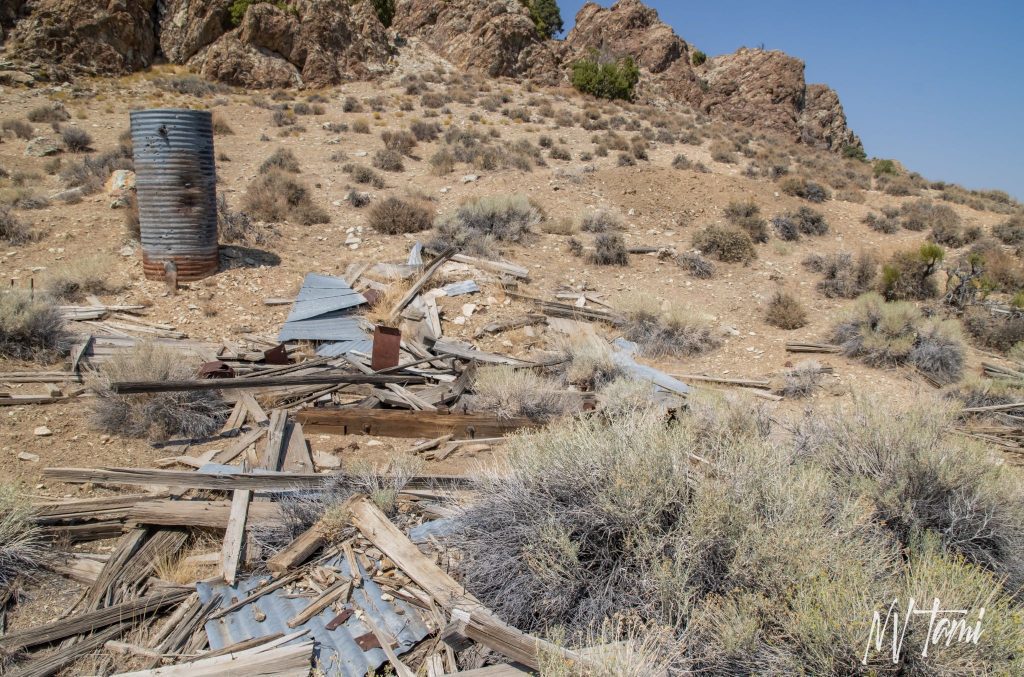
I visited Paradise Mining District and Orizaba with fellow explorers Rob and Nana.
Visited 9-5-2020
References
- Forgotten Nevada: Atwood
- Forgotten Nevada: Goldyke
- Hall, Shawn. Preserving Glory Days, Ghost Towns and Mining Camps of Nye County, Nevada. University of Nevada Press, 1981. Pages 3-4.
- Lincoln, Francis Church: Mining Districts and Mineral Resources of Nevada. Stanley Paher, 1982. Pages 159.
- Paher, Stanley. Nevada Ghost Towns and Mining Camps. Nevada Publications, 1970. Page 381.
- Western Mining History: Okey Davis Mine
- Wikipedia: Atwood, Nevada
Leave a Reply